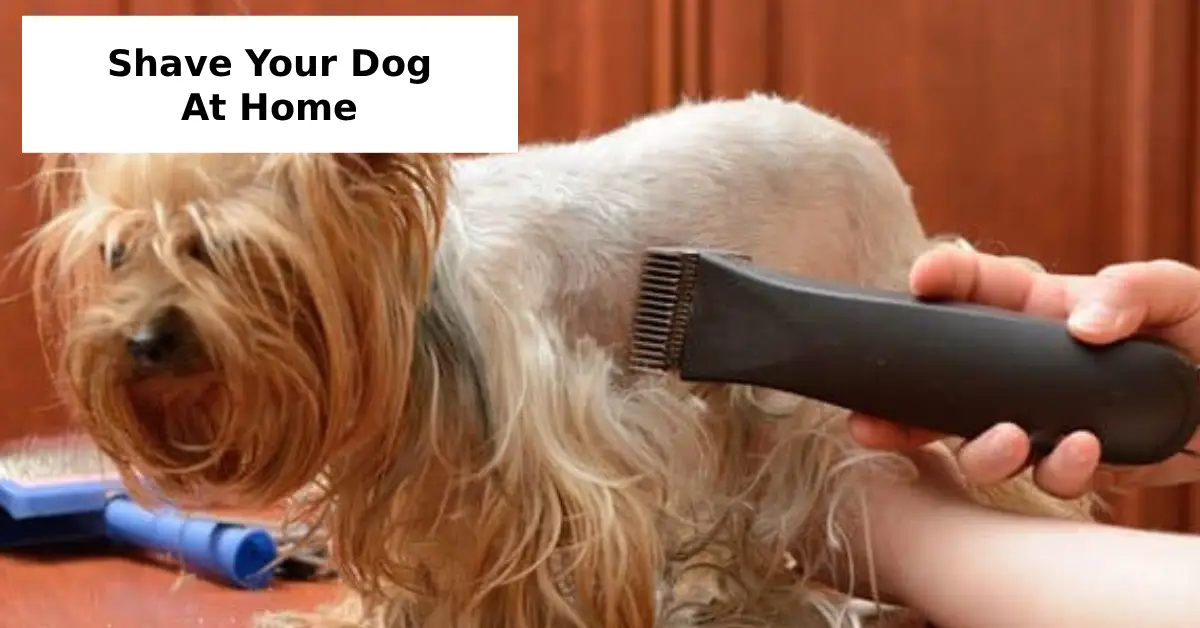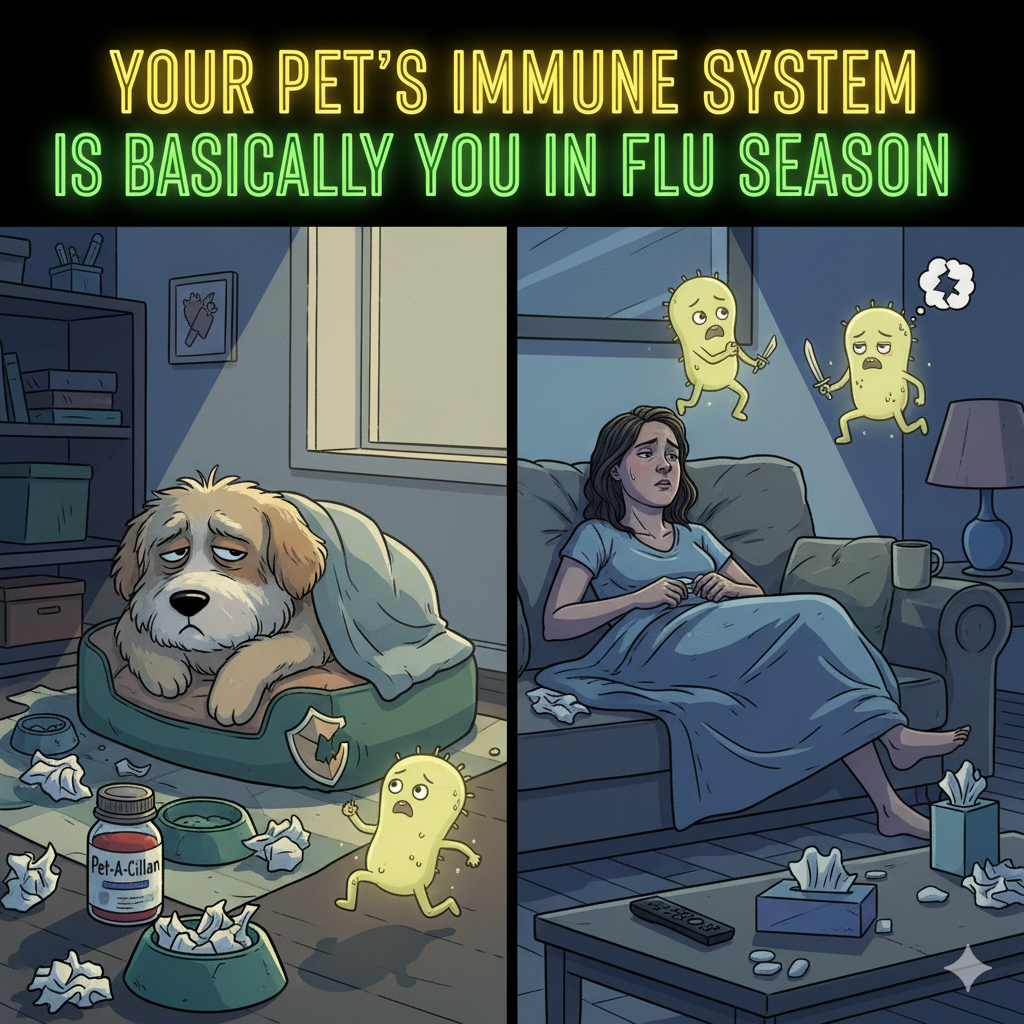Proper grooming isn’t just about keeping your furry friend looking great—it’s about their health and comfort too. For new dog owners in the U.S. looking to manage pet care at home, learning how to shave a dog can save time, reduce stress, and even prevent skin issues.
In this ultimate guide, we’ll walk you through how to shave your dog the right way, using professional advice, tried-and-tested techniques, and beginner-friendly tips.
How to Shave Dog – Is It Really Necessary?
Not all dogs need shaving, but in certain situations—especially in warmer U.S. states like Florida, Texas, and California—shaving may be necessary to prevent overheating. Some breeds with thick or curly coats, like Poodles or Golden Retrievers, benefit from careful clipping.
However, you should consult your vet or groomer if you’re unsure whether your breed requires shaving. For example, is it safe to shave double-coated dogs? In most cases, no—it may damage their natural insulation.
How to Shave a Dog at Home: Step-by-Step Process
For DIY grooming enthusiasts and pet parents who want to save money on grooming, here’s a beginner-friendly shaving routine.
Gather Your Dog Grooming Tools
Start with these essentials:
- Clippers (cordless recommended)
- Sharp clipper blades
- Detangling comb and brush
- Grooming scissors
- Styptic powder (for small cuts)
- Towels and a non-slip mat
Many dog grooming tools for beginners are available online or at your local PetSmart grooming section.
Step 2: Bathe and Dry Your Dog
Always bathe and dry your dog before shaving. A clean, dry coat ensures the clipper glides smoothly without pulling on hair.
Step 3: Calm and Prepare Your Dog
Learning how to calm a dog for grooming is crucial. Use calming treats, speak gently, and keep sessions short. This is especially helpful for senior pet owners who may prefer home grooming due to mobility or behavioral issues.
Step 4: Start Clipping Safely
- Begin with the back and sides using the clippers.
- Use long, even strokes in the direction of hair growth.
- Avoid sensitive areas like genitals, face, and paw pads unless you’re experienced.
Take your time, especially around tricky spots. Dog grooming mistakes to avoid include shaving too close, rushing, or using dull blades.
Step 5: Final Touch-Ups
Use grooming scissors around the ears, face, and tail for a neat finish. Always trim slowly and cautiously.
Best Clippers for Dog Grooming
Choosing the best clippers for dog grooming depends on your dog’s coat type. For thick or curly fur, go with a high-powered clipper. Cordless models are easier to handle, especially for first-time pet adopters from shelters or those dealing with anxious pets.
Top recommendations include:
- Andis UltraEdge Super 2-Speed
- Wahl Bravura Lithium Ion
- Oster A5 Turbo 2-Speed
Look for clipper sets that come with various blade guards for different coat lengths.
How Often Should I Shave My Dog?
This depends on breed, coat type, and climate. On average:
- Every 6–8 weeks for high-maintenance breeds like Poodles.
- Seasonal shaving is common for dogs in suburban and rural families with larger breeds, especially during summer.
If you’re unsure, consult a veterinary professional or groomer sharing advice for home care tailored to your dog’s specific needs.
Shaving vs Trimming Dog Hair: What’s the Difference?
Shaving removes most or all of the coat, while trimming shapes or shortens it. For breeds with double coats, trimming is safer and more recommended than shaving.
For example, shaving vs trimming dog hair matters when grooming breeds like Huskies or Golden Retrievers. Shaving could disrupt their natural insulation and lead to skin problems.
DIY Dog Grooming Tips for a Smooth Experience
For pet bloggers and influencers seeking useful grooming content, these tips improve the grooming process and your dog’s comfort:
- Always use sharp blades and clean clippers after use.
- Never force your dog—break the grooming into short sessions.
- Keep styptic powder nearby in case of small nicks or cuts.
- Reward your dog after every session with treats or playtime.
- Practice makes perfect—don’t aim for perfection in your first few attempts.
Summer Grooming Tips for Dogs
For those living in warmer climates like Texas, Florida, or California, summer grooming tips for dogs are essential to prevent overheating.
Tips include:
- Shaving lightly instead of close-cropping
- Keeping paws trimmed to prevent burns from hot sidewalks
- Using cooling vests or mats post-grooming
- Shaving under the belly and armpits where dogs overheat fastest
Just remember—not all dogs should be shaved! Ask your vet for breed-specific advice.
Dog Grooming Mistakes to Avoid
Grooming at home can be rewarding, but beware of these common errors:
- Using human clippers – they overheat and aren’t safe for dog hair.
- Shaving too close – this can lead to razor burn or sunburn.
- Skipping brush-outs – mats and tangles will jam your clippers.
- Ignoring signs of stress – grooming should never be forced.
Even experienced dog breed communities like Poodle or Retriever owners learn from grooming fails. Keep evolving your skills.
When to Seek Professional Help
If your dog is aggressive, highly anxious, or has health issues, visit a PetSmart grooming center or professional groomer. Likewise, if you notice skin problems during shaving, consult your vet immediately.
This is especially true for senior pet owners, first-time dog owners, or those handling high-maintenance breeds for the first time.
Conclusion:
Knowing how to shave your dog properly can help you take control of your pet’s care at home. Whether you’re part of a dog breed community, a DIY grooming enthusiast, or just looking to save a few bucks, this guide empowers you with step-by-step methods, tools, and safety tips.
By avoiding mistakes, using the best clippers for dog grooming, and understanding breed-specific needs, even first-time pet adopters from shelters can handle grooming like pros.
Remember—how to shave a dog at home doesn’t mean doing it alone. Ask professionals when needed, stay patient, and always prioritize your dog’s comfort and safety.





